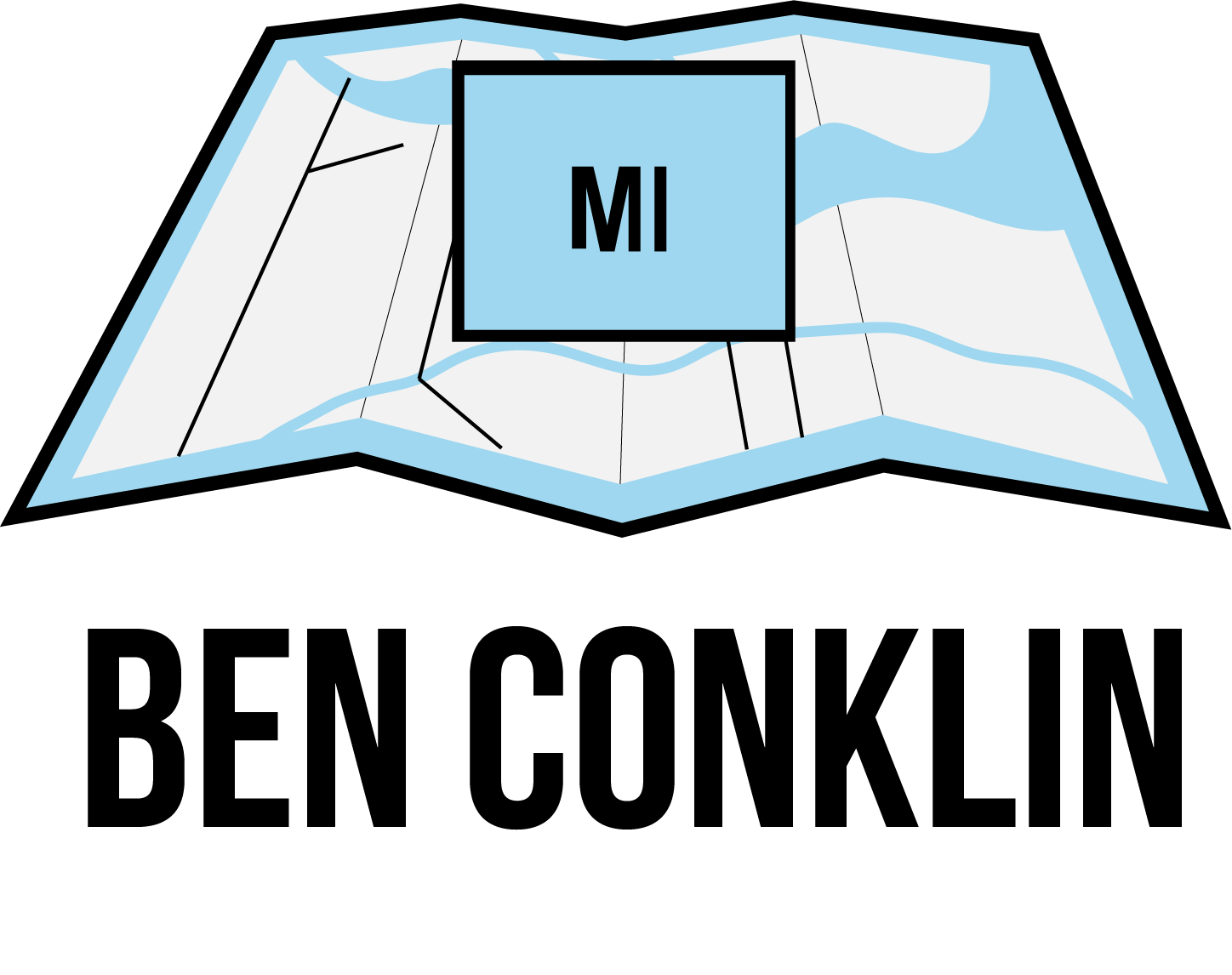Trying to Understand Smart Installations
One of the great things about my new job is that I get to spend time exploring new applications of GIS in the Defense Community. It has been more than a decade since I worked with Military Installations. Back then, the issues were range management, environmental impact studies and also some work on managing assets.
Now, I see a real shift in the demands of a Military Installation. Many installations are still using GIS for the same purposes as before, and creating more efficient techniques for those same workflows. However, the more interesting trend is coming from other parts of the installation. Installation commanders, public work officials, military police, are all wanting to use GIS. They see their counterparts in their neighboring communities use GIS to improve efficiency, make data-driven decisions and improve the quality of life in their communities. At Esri, we call this a Smart Community.
Military Installations have many of the same challenges as a smart community. They also have some unique challenges they need to:
•Complying with Government Regulations and Directives
•Maintaining an Accurate Picture of All Assets
•Improve energy efficiency and resiliency
They want to become a Smart Installation.
What is a Smart Installation? A smart installation is one that is prepared for the future in some different ways. They manage their assets in real time. They coordinate projects across departments; they make date driven decisions. Most importantly, they are transparent in all of their activities across the installation and levels of command.
The term Smart Installations is an umbrella term for several objectives. Under that heading of smart installations are sub-themes such as sustainable installations, safe installations, resilient installations, smart facilities, and so on. The goal is to deliver improved services and making the installation a place that functions efficiently while contributing to the overall readiness of the organization.
For example, a Smart Installation is able to understand the impact on their installation from a power outage. They know which facilities are affected . They understand how that facility impacts the mission of the organization. They know if that facility is serving a mission critical role for the organization and how to mitigate the impact of the outage.
An installation doesn't just become Smart; they need to have a strategy for becoming smart. Most installations already have GIS technology but is is not being used across the installation. A location strategy is needed to help prioritize and develop new capabilities to location enable the operations of the installation.
I recently did a webinar on this topic with GovLoop that goes into more detail and shows some examples of leveraging IoT connected devices to improve the operations on an installation.
http://event.on24.com/wcc/r/1321886/07E1E8BCF3D37E90081F9399D49EB8CC
In 2017, I plan to do more work with installations. My goal is to develop a location strategy that is specific to a government installation. I think the ideas from Smart Communities can help me get started but I will need to find some partners to help me address the unique needs of a military installation. If you want to help, just drop me a line bconklin@esri.com.
